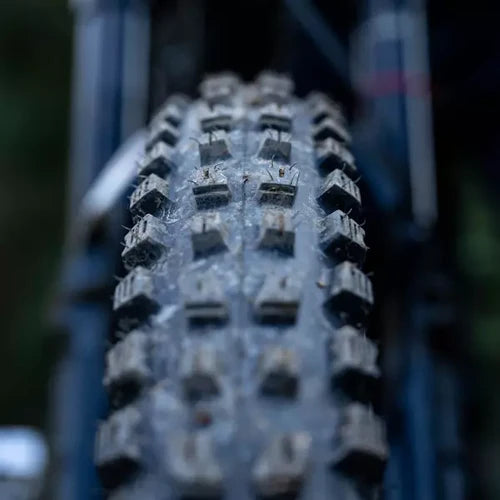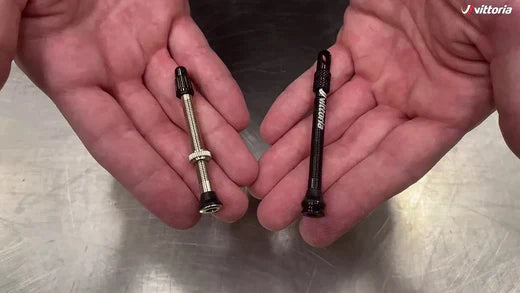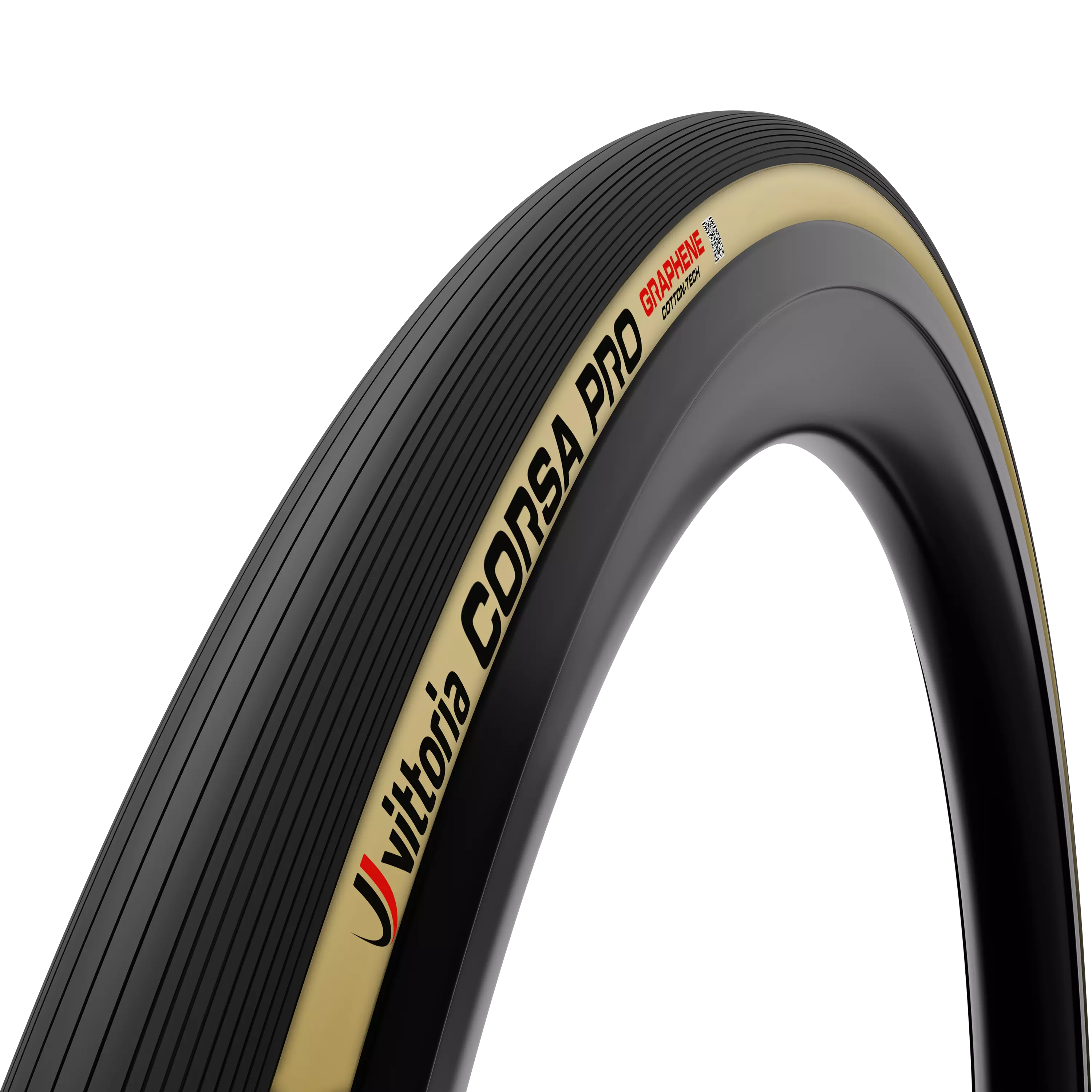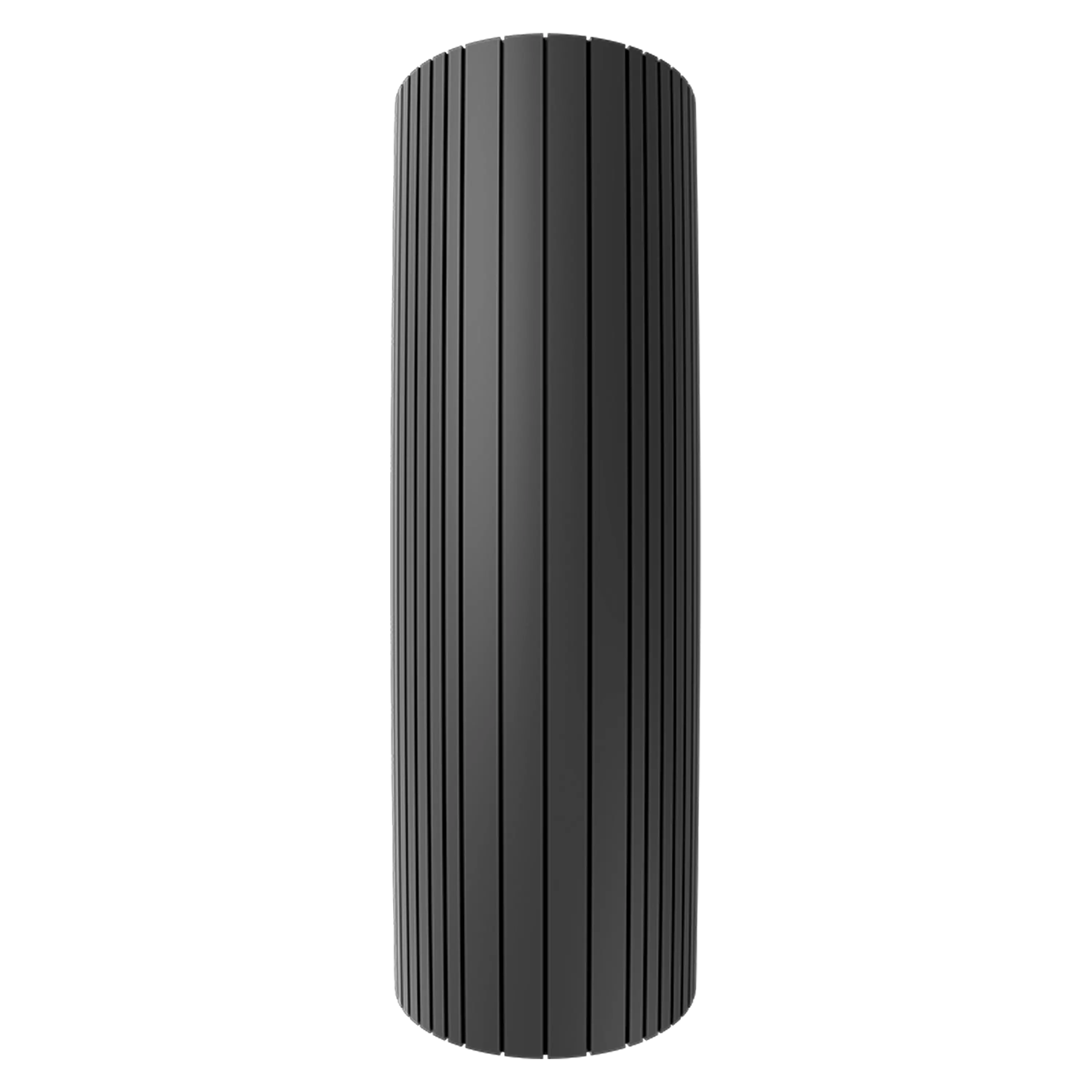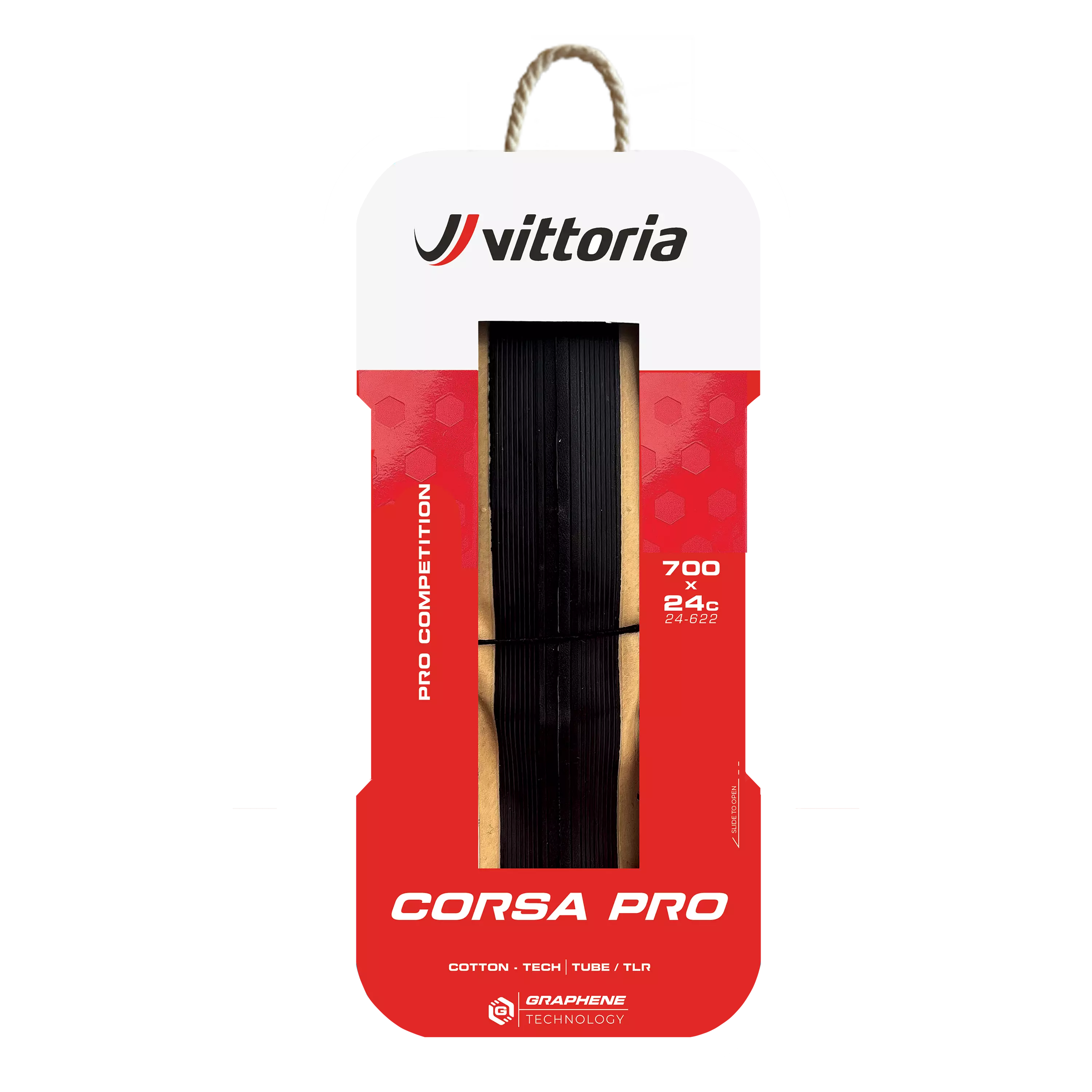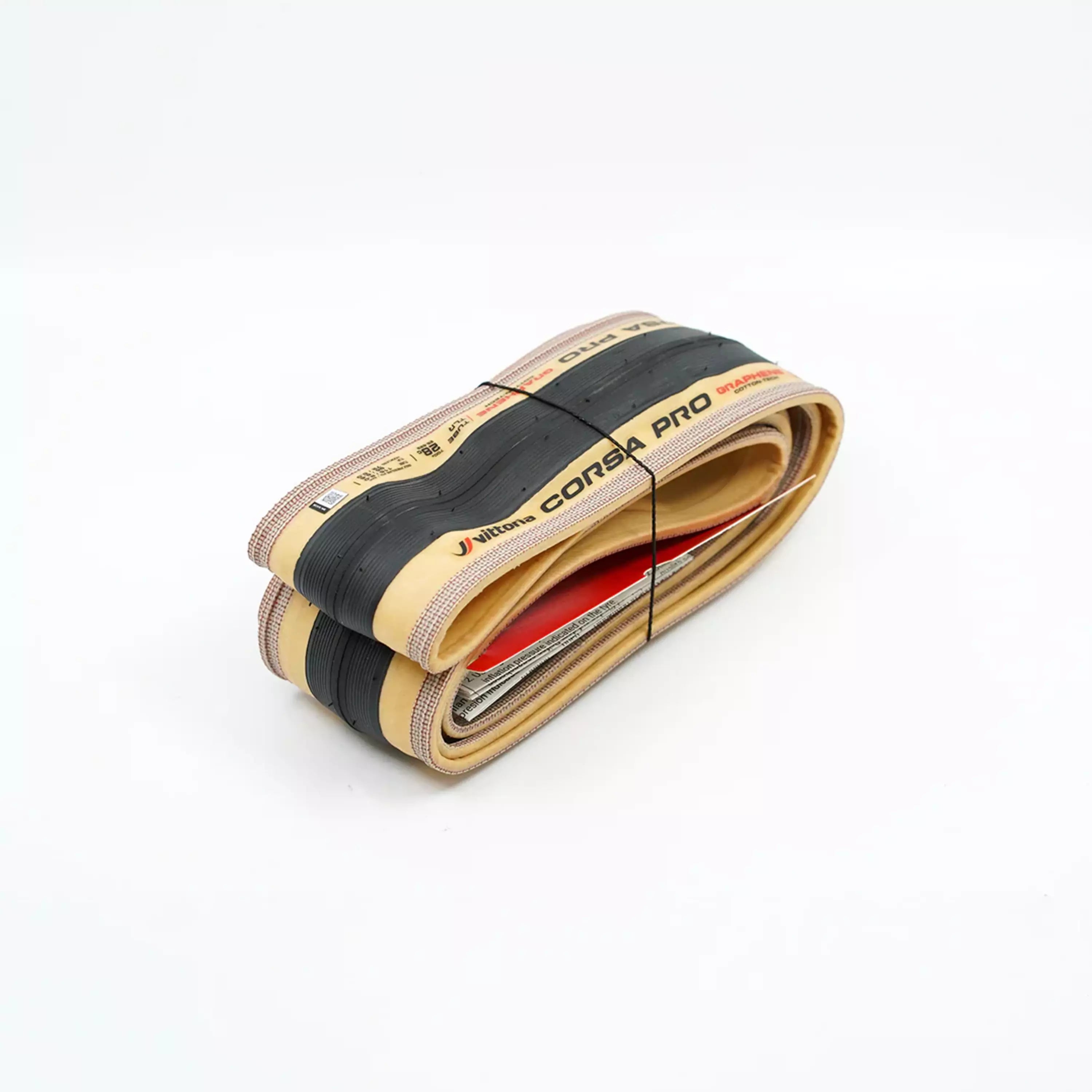The tire choice is one of the most complicated ones for a beginner or expert mtb cyclists. Tires are an extremely important element of the bike set-up because they are the only contact point between the bike and the ground. You can have the best bike with the best performing suspension; but if you use low quality tires, or tires that are not ideal for the conditions and the terrain, the whole performance of the bike will be compromised.
We know that tires are important, but what are the hallmarks of a good mtb tire? Low rolling resistance? Traction? It is a difficult question and there is no single answer. It all depends on what you are looking for. Grippy mtb bike tires? Mountain bike mud tires? Ground control mtb tires?
There is no miracle tire able to do everything perfectly in every condition. Each terrain requires a specific tread, compound and carcass. So, how to choose the right one?
MTB bike tyres for hardpack
Let's start with the typical conditions of trails in summer: compact, dry and dusty ground. On dry and compact terrain, you don't need a super aggressive and knobbly tyre, as the ground already offers enough grip. Generally, mtb bike tyres for asphalt and dry terrains are fast tyres with a low tread profile offering low rolling resistance. A deep tread (too knobby) is useless and can hinder rolling efficiency. High knobs, especially with a soft compound, tend to bend a lot on hardpack, as they cannot bite into it. This results in higher rolling resistance and less traction, especially in tight corners.
Ideal tire: Mezcal. Low, well-spaced blocks, preferably ramped. It is advisable to use narrower mtb bike tyres to improve rolling resistance and to help you save energy.

MTB bike tires for loose over hard terrain
In dry conditions, hard and rocky terrains tend to form a slippery layer on the surface that can be difficult to predict. Typical of mountain trails, this type of terrain is really complicated to tackle: if at first it seems to offer good traction, as soon as you try to brake or turn at speed, the bike slips without warning.
On this type of terrain, it is important to have sufficiently high knobs, especially on the sides, to be able to pass through the layer of pebbles and grip the hard ground below. Another important feature for mtb bike tires to tackle these conditions are deep grooves between the centre and side knobs. As anticipated, the side knobs are fundamental and must be quite deep. A good side knob allows the tire to firmly adhere to rocky terrains, providing traction even in poor grip conditions.
Ideal tire: Agarro. Medium sized, well-spaced knobs with good side knobs.

MTB bike tyres for soft terrain
Typical of freshly mapped single tracks or woodland trails after rainy days, soft terrains are certainly the most fun to ride. Riding is more predictable, as the loss of grip is progressive. The knobs bite easily into the ground and ensure optimal grip.
For soft terrains, a tread pattern with deep and widely spaced side knobs is essential in order to easily remove dirt. The space in between the knobs prevent mud from getting stuck, which negatively affects the tire grip.
Ideal tire: Barzo. Widely spaced knobs with deep grooves.

Mountain bike mud tires
The true mountain biker loves mud. Riding right after rain (or when it rains) can also be fun (as long as the trails hold up). On the mud, the most important thing is to be able to stay on the bike; therefore, rolling resistance is irrelevant. Mountain bike mud tires must have very high, widely spaced knobs and must not be too wide. The goal is to penetrate the soft top layer and bite into the firm ground beneath and this is important both uphill and downhill.
Ideal tire: Mota. Very high and widely spaced blocks. Narrow tire to cut through the soft surface layer and reach the rigid layer below.

